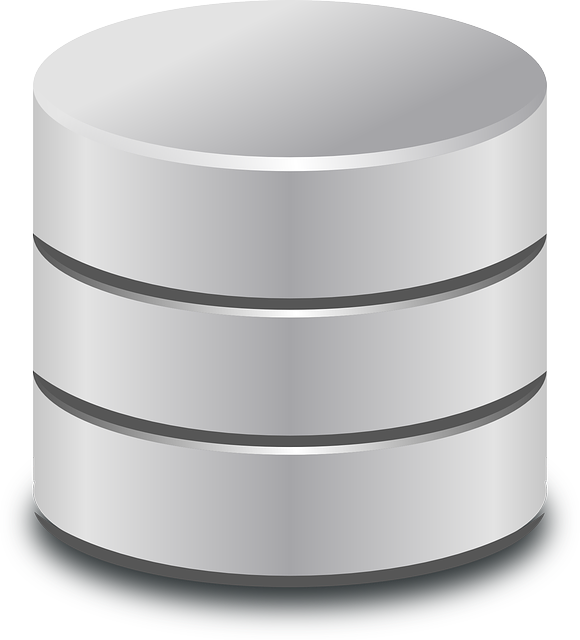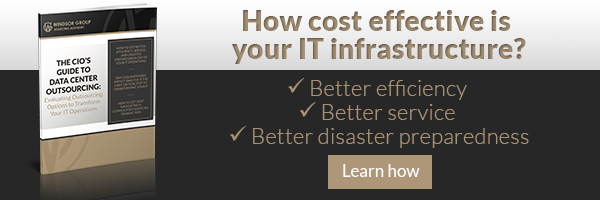 The explosion of big data presents insurance companies, financial institutions and other large enterprises with the proverbial double-edged sword – there is infinite insight and competitive value to be mined from all that data, but managing, storing and assembling the data so you can get to that valuable information requires new technologies. You have to consider your IT infrastructure cost in a new light – the light of opportunity cost.
The explosion of big data presents insurance companies, financial institutions and other large enterprises with the proverbial double-edged sword – there is infinite insight and competitive value to be mined from all that data, but managing, storing and assembling the data so you can get to that valuable information requires new technologies. You have to consider your IT infrastructure cost in a new light – the light of opportunity cost.
You can exploit the opportunities presented by all that information, or you can drown in it if you don’t harness it effectively. It’s easy to understand why so many organizations feel overwhelmed. There’s too much data, it’s moving too fast, it’s often disorganized and it’s very tough to discern what among all that data is most important to drive your business.
The Problem
Legacy systems have grown more complex over time. They lack flexibility to support today’s need for near-instant responsiveness and scalability. Big data exacerbates the problem and underscores the need for different types of solutions – and a different way of evaluating IT infrastructure cost.
Current infrastructure cannot handle the growing diversity of data within your enterprise and coming in from outside. And an increasing percentage of that data is unstructured. Before you can analyze any data effectively, it has to be coordinated and prioritized. These things increase IT costs.
Storage capacity is another critical challenge. Many companies have turned to storage vendors and public cloud providers to avoid IT infrastructure cost associated with expanding data center capacity.
In order to meet customer expectations and adapt quickly to changing environments, you must be able to:
- Sort, prioritize and analyze information in near-real time to ensure maximum responsiveness.
- Easily access data, no matter where it’s stored.
- Identify and filter priority data for storage and analysis.
- Pull value from data before it goes to storage for quickest intel and action.
Companies that succeed will be those who can get a grip on costs while harnessing the power of big data.
Solutions
Managing IT infrastructure cost can no longer be viewed as a matter of doing the same old thing in a more streamlined, efficient way. Dealing with big data requires an entirely new approach. Success depends on your ability to sort through all those “dots” of data to identify the ones that matter and then connect them in ways that give you meaningful insight and decision-making power.
New technologies such as Hadoop are available that facilitate big data management and analytics. These technologies enable you to:
- Address server and storage issues.
- Assimilate and assemble unstructured and undefined data into a coordinated collection of data you can effectively analyze.
- Analyze data on the fly, before it’s even stored.
- As Intel describes it, “transform your information infrastructure into a more flexible, distributed, open environment.”
According to Gartner, a mere 10-15% of enterprises actually take full advantage of big data. Those that do are outperforming the rest of the pack by 20% across a variety of financial metrics. Your ability to take full advantage of your big data and analytics will define your future.
The more you information you have available, the greater your potential to learn and act effectively. IT has to connect you to your data more efficiently than ever before. If it does not do that, your IT infrastructure cost may look fine on paper, but it is poorly deployed to the point of being dangerous, because it is not supporting your ability to obtain maximum visibility into your data, ensure scalability and reduce risks as well as costs.
What big data and analytics can tell you is whether you’re making the most of your IT infrastructure cost to capture opportunities and use them effectively to grow your company.


